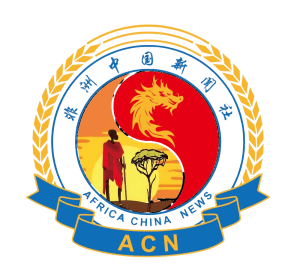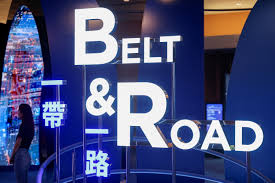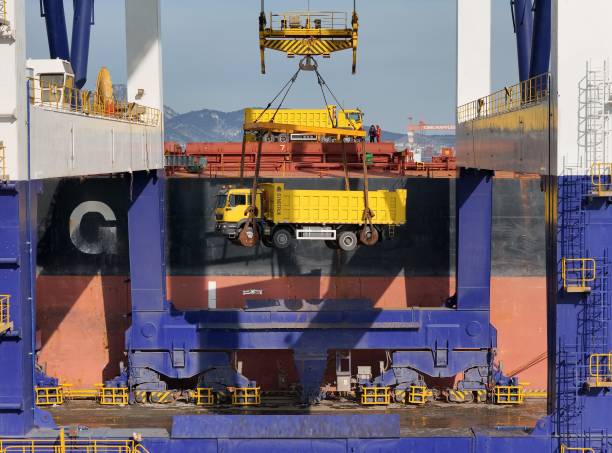Subscription required
The Belt and Road Initiative (BRI) is often called the most ambitious infrastructure project of the 21st century. Launched by Chinese President Xi Jinping in 2013, it aims to create new trade routes, enhance global connectivity, and promote economic growth across Asia, Africa, and Europe. But there’s more to the BRI than meets the eye. Here are some intriguing facts and insights about this global endeavor.
1. It’s Inspired by the Ancient Silk Road
The Belt and Road Initiative draws inspiration from the historical Silk Road, which was a series of trade routes connecting China to the Mediterranean Sea. Traders once carried silk, spices, and other valuable goods across these routes, fostering cultural and economic exchange. The BRI seeks to revive this concept on a much larger scale, with modern infrastructure like railways, highways, and ports, but with a reach that spans more than 60 countries.
2. Two Main Components: The Belt and the Road
While the term “Belt and Road” might sound like a single concept, it actually refers to two different aspects of the initiative:
- The Belt: Also called the Silk Road Economic Belt, this land route stretches through Central Asia and connects China to Europe by land.
- The Road: Known as the 21st Century Maritime Silk Road, this sea route links China to Southeast Asia, Africa, and Europe through the Indian Ocean and other strategic waterways.
Each part of the BRI has its own unique challenges and strategies for fostering trade and cooperation.
3. Connecting Over 60 Countries
China’s BRI involves partnerships with over 60 countries, together representing more than half of the world’s population. Through infrastructure development and investment, China aims to create better trade relationships and improve transportation and logistics networks across these regions.
For many of these countries, the BRI offers an opportunity to boost local economies and improve living standards through increased trade and investment in infrastructure, though it also brings complexities and debates over dependence on Chinese funding.
4. Massive Investment of Over $1 Trillion
With an estimated investment of over $1 trillion, the BRI is unprecedented in scope. China finances various infrastructure projects like railways, ports, roads, and energy systems in countries that often lack the financial resources to pursue these developments independently. Some countries have seen these investments bring immediate economic benefits, but others worry about the long-term impact of such debt and dependency on China.
5. Environmental and Economic Concerns
The BRI has spurred a fair share of debate, especially regarding environmental impacts. While infrastructure development brings economic benefits, it often requires significant environmental sacrifices, like deforestation, land use change, and resource extraction. There are growing calls for China to make the BRI more environmentally sustainable, and some progress has been seen with green financing and renewable energy projects in recent years.
6. BRI and Africa’s Transformation
Africa is a focal point for the BRI, with billions in investments funneled into sectors like transportation, mining, and telecommunications. For instance, China has funded railways in Kenya and Ethiopia, ports in Djibouti, and infrastructure projects across multiple African nations. These projects aim to enhance Africa’s trade links and connectivity, but they also raise questions about sovereignty, job creation, and sustainable development.
7. A Path to China’s Economic and Political Influence
Beyond economic gains, the BRI is seen as a way for China to increase its influence on the global stage. By building deep economic ties and investing in the long-term development of these countries, China gains leverage in regional and international affairs. This growing influence, however, raises concerns in the West, where the BRI is viewed as a challenge to traditional alliances and economic policies.
8. The Digital Silk Road
In addition to physical infrastructure, the BRI includes the Digital Silk Road initiative, which focuses on technology and digital connectivity. China has supported the development of digital infrastructure in several BRI countries, including fiber-optic cables, telecommunications networks, and satellite systems. This push aims to modernize economies by promoting e-commerce, digital trade, and smart cities, bringing Chinese technology into the forefront of global markets.
9. Cultural Exchange and “Soft Power”
The BRI isn’t just about economics; it’s also a platform for cultural exchange. China has increased cultural diplomacy efforts through Confucius Institutes, scholarships for international students, and cultural festivals to promote Chinese language and culture in BRI countries. This soft power aspect helps improve China’s image abroad and strengthens its relationships with participating countries.
10. The Future of BRI Amid Global Tensions
As global power dynamics evolve, the BRI’s future remains uncertain. Some countries have reduced their involvement due to concerns about debt sustainability, environmental impact, and national security. At the same time, China has expressed a commitment to making the BRI more transparent and sustainable, and continues to seek collaborations with other countries.
The Belt and Road Initiative is reshaping the global landscape in ways both tangible and intangible. By building infrastructure, forging economic alliances, and expanding its cultural reach, China is positioning itself as a pivotal player in the future of global trade and geopolitics. The BRI’s true impact will unfold over decades, but its influence is already being felt worldwide, sparking conversations, alliances, and debates about the future of global interconnectedness.





